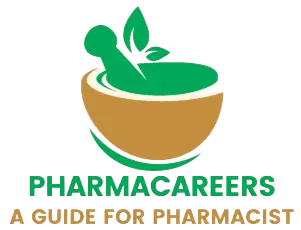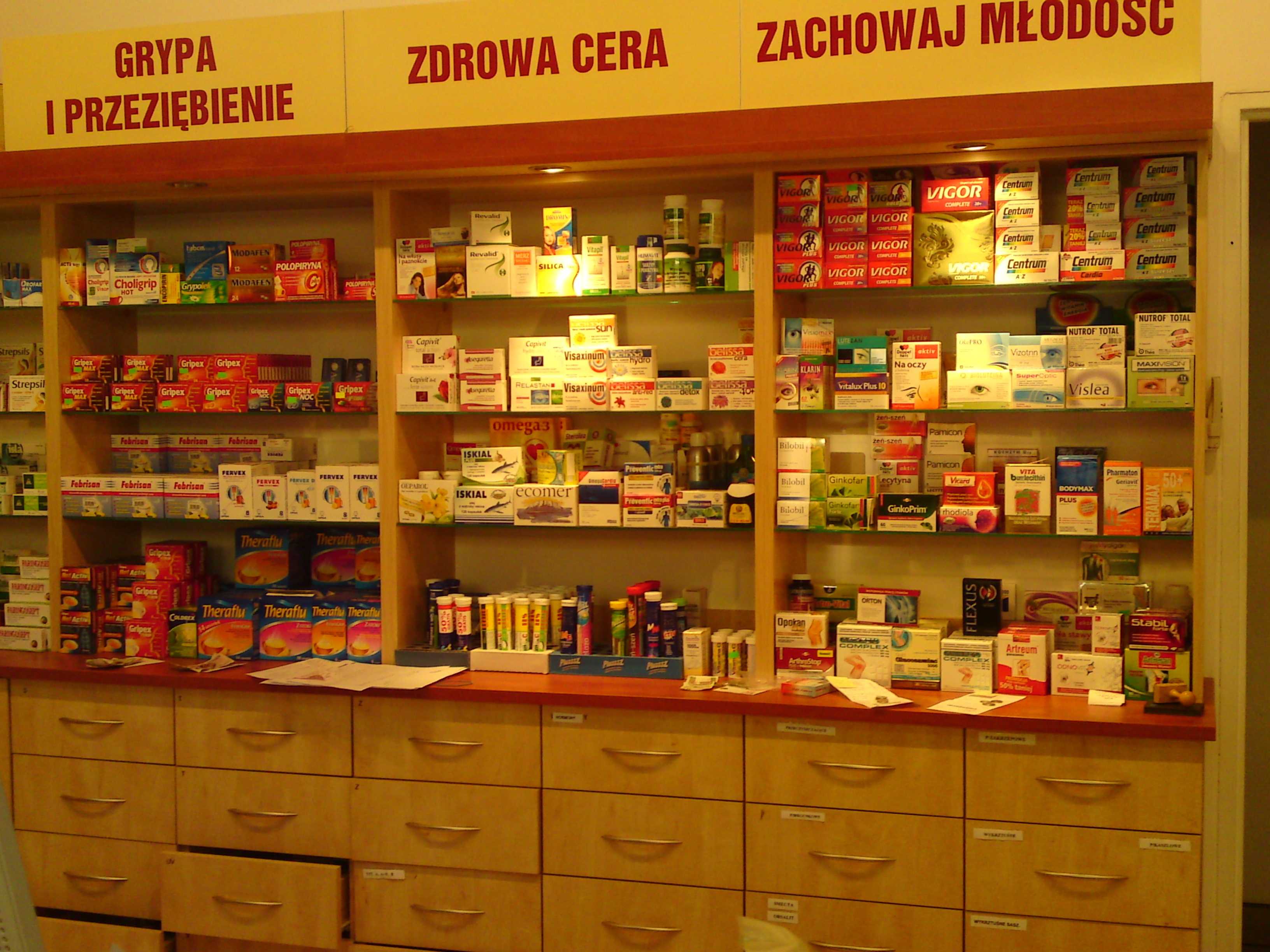Practice MCQ For Government Pharmacist Exams
Pharmaceutics I unit V
Semisolid dosage s: Definitions, classification, mechanisms and factors influencing dermal penetration of drugs. Preparation of ointments, pastes, creams and gels. Excipients used in semi solid dosage s. Evaluation of semi solid dosages s
Dawnload answers in PDF, Pharmaceutics I unit V
Definition:Semisolid dosage s are:
a) Liquids intended for oral administration.
b) Solid dosage s for swallowing whole.
c) Products with a consistency between solids and liquids for topical application.
d) Injectable medications for systemic delivery.
Classification of semisolid dosage s includes:
a) Ointments, creams, and suppositories only.
b) Ointments, creams, gels, pastes, and suppositories.
c) Ointments, creams, and lotions.
d) Liquids, creams, and powders.
Mechanism of drug penetration through the skin from semisolid dosage s involves:
a) Primarily bypassing the stratum corneum (outer layer).
b) Diffusion through the various layers of the skin.
c) Direct passage through hair follicles.
d) Primarily acting on the surface of the skin.
Factors influencing dermal penetration of drugs from semisolid dosage s include:
a) Physicochemical properties of the drug (e.g., solubility).
b) Properties of the vehicle (base) used in the ulation.
c) Condition of the skin (e.g., hydration, thickness).
d) All of the above.
Ointments typically have:
a) A high water content and greasy feel.
b) A low water content and greasy feel.
c) A high water content and light feel.
d) A low water content and light feel.
Creams generally:
a) Contain more oil than water, ing an oily emulsion.
b) Contain more water than oil, ing a water-in-oil emulsion.
c) Contain equal parts water and oil, ing an oil-in-water emulsion.
d) Do not contain water and are oil-based.
Gels are:
a) Similar to ointments but with a higher water content and a jelly-like consistency.
b) Similar to creams but with a higher oil content and a thicker consistency.
c) Suspensions of solids in a liquid vehicle.
d) Solid dosage s for oral administration.
Pastes are:
a) Semisolid ulations with a high solids content, often used for their drying effect.
b) Liquid suspensions for topical application.
c) Solid dosage s that disintegrate in the mouth.
d) Suppositories used for systemic drug delivery.
Suppositories are:
a) Semisolid dosage s for insertion into body cavities for localized or systemic action.
b) Topical creams applied to the mucous membranes.
c) Liquids intended for injection.
d) Solid tablets swallowed whole.
Choosing the appropriate semisolid dosage depends on:
a) Desired effect (localized or systemic).
b) Drug properties and penetration needs.
c) Patient preference and skin condition.
d) All of the above.
Increased blood flow to the application site can enhance the dermal penetration of drugs from semisolid ulations.
a) True
b) False
Occlusive dressings placed over a semisolid application can trap moisture and increase drug absorption.
a) True
b) False
When ulating semisolid dosage s, it\’s important to ensure compatibility between the drug and the vehicle to avoid physical or chemical interactions.
a) True
b) False
Preservatives are often added to semisolid ulations to prevent microbial growth and extend shelf life.
a) True
b) False
Semisolid dosage s offer advantages like localized drug delivery, ease of use for some patients, and potentially sustained drug release.
a) True
b) False
Common ingredients used in ointment bases include:
a) Water, alcohol, and starches.
b) Oils, fats, and waxes.
c) Sugars, gums, and polymers.
d) All of the above.
The process of incorporating a powdered drug into an ointment base may involve:
a) Simply mixing the powder with the base.
b) Grinding or micronizing the powder for better dispersion.
c) Heating the base to melt it before adding the drug.
d) All of the above (depending on the base and drug).
Creams are typically emulsions, requiring:
a) An emulsifying agent to stabilize the water and oil phases.
b) Heating both water and oil phases before mixing.
c) A gelling agent to create a thicker consistency.
d) All of the above.
Gels are ed by suspending a gelling agent in a suitable liquid:
a) Most commonly water, but sometimes alcohol or propylene glycol.
b) Always using an organic solvent like alcohol.
c) Using a melted fat or wax base.
d) All of the above.
Paste preparation often involves:
a) High shear mixing to achieve a smooth consistency.
b) Trituration, which is grinding the solids with a mortar and pestle.
c) Adding a large amount of water to create a thin consistency.
d) Using only pre-dissolved drug solutions.
When ulating semisolid dosage s, choosing the appropriate equipment depends on the scale of production and the properties of the ingredients.
a) True
b) False
Sterilization is crucial for semisolid ulations intended for ophthalmic or other sterile applications.
a) True
b) False
Packaging for semisolid dosage s should be appropriate to prevent contamination and ensure stability during storage.
a) True
b) False
Proper labeling of semisolid dosage s includes ination like the drug name, strength, and directions for use.
a) True
b) False
Following established protocols and quality control procedures is essential during the preparation of semisolid dosage s.
a) True
b) False
Excipients play a vital role in semisolid dosage s by
a) Providing a base for the drug substance.
b) Influencing drug delivery and stability.
c) Contributing to product aesthetics and functionality.
d) All of the above.
Common excipient categories used in semisolid ulations include:
a) Bases (vehicles)
b) Emulsifying agents
c) Thickeners/gelling agents
d) Preservatives
e) All of the above
Ointment bases are typically:
a) Water-soluble and easily absorbed by the skin.
b) Oil-based and provide a greasy feel.
c) Alcohol-based and have a drying effect.
d) Solid at room temperature and melt upon contact with skin.
Emulsifying agents are used in creams and lotions to:
a) Increase the water content of the ulation.
b) Stabilize the mixture of water and oil phases.
c) Thicken the consistency of the product.
d) Enhance drug penetration through the skin.
Thickeners and gelling agents are used in various semisolid s to:
a) Control the release of the drug from the ulation.
b) Improve the spreadability of the product on the skin.
c) Increase the viscosity and prevent separation of ingredients.
d) All of the above.
Preservatives are added to some semisolid ulations to:
a) Reduce the greasiness of the product.
b) Enhance the absorption of the drug.
c) Prevent microbial growth and extend shelf life.
d) Improve the taste of the medication.
Choosing the right excipients for a semisolid dosage depends on several factors, including:
a) Desired product characteristics (consistency, release profile).
b) Physicochemical properties of the drug.
c) Patient needs and skin condition.
d) All of the above.
Evaluation of semisolid dosage s ensures:
a) The product meets quality standards and intended function.
b) The drug is unily distributed throughout the ulation.
c) The dosage has the desired physical properties.
d) All of the above.
Common tests pered during the evaluation of semisolid dosage s include:
a) Weight variation test for uniity of dosage units.
b) Content uniity test to ensure consistent drug distribution.
c) Rheological testing to assess viscosity and spreadability.
d) Microscopic examination for particle size and dispersion.
e) All of the above.
Weight variation test evaluates:
a) The chemical stability of the drug in the ulation.
b) The consistency of the weight of individual dosage units.
c) The ability of the product to penetrate the skin.
d) The presence of potential microbial contamination.
Content uniity test determines:
a) The overall amount of drug present in the ulation.
b) The even distribution of the drug throughout the dosage units.
c) The melting point or solidification point of the product.
d) The potential for the drug to interact with other ingredients.
Rheological testing measures:
a) The solubility of the drug in the base material.
b) The flow properties and resistance to deation of the product.
c) The rate of drug release from the semisolid .
d) The potential for the product to irritate the skin.
Microscopic examination is used to assess:
a) The presence of air bubbles or other trapped gases.
b) The particle size and distribution of the drug within the base.
c) The chemical compatibility of the drug and excipients.
d) The potential for microbial growth within the product.
In-vitro dissolution testing may be used to:
a) Evaluate the rate of drug release from the semisolid .
b) Simulate the absorption of the drug through the skin.
c) Assess the stability of the drug over time.
d) Identify potential interactions with other medications.
Microbiological testing is crucial for:
a) Ensuring the sterility of semisolid ulations intended for sensitive areas.
b) Evaluating the potential for allergic reactions to the product.
c) Determining the appropriate storage conditions for the product.
d) Assessing the effectiveness of the drug against specific microorganisms.
Stability testing evaluates:
a) Changes in the physical properties of the product over time.
b) The potential for chemical degradation of the drug.
c) The effectiveness of the product throughout its shelf life.
d) All of the above.
Packaging plays a role in the evaluation of semisolid dosage s by:
a) Ensuring compatibility with the product and preventing contamination.
b) Protecting the product from light, moisture, or temperature changes.
c) Providing proper labeling ination for safe use.
d) All of the above.
Visual inspection is a simple but important evaluation step to identify:
a) The presence of discoloration, separation, or other abnormalities.
b) The consistency and homogeneity of the product.
c) The presence of foreign particles or defects in the container.
d) All of the above.
Following established evaluation protocols and interpreting the results accurately is essential for:
a) Ensuring the quality, safety, and efficacy of semisolid dosage s.
b) Maintaining consistency in the manufacturing process.
c) Providing accurate ination to healthcare professionals and patients.
d) All of the above.
Pharmacists play a crucial role in evaluating dispensed semisolid medications by:
a) Verifying the physical appearance and consistency of the product.
b) Checking for proper labeling and expiration dates.
c) Providing patient education on proper storage and use.
d) All of the above.
Dawnload answers in PDF, Pharmaceutics I unit V
For more regular updates you can visit our social media accounts,
Instagram: Follow us
Facebook: Follow us
WhatsApp: Join us
Telegram: Join us






[…] For practice MCQ on above topic please visit: Practice MCQ For Government Pharmacist Exams » PHARMACAREERS […]